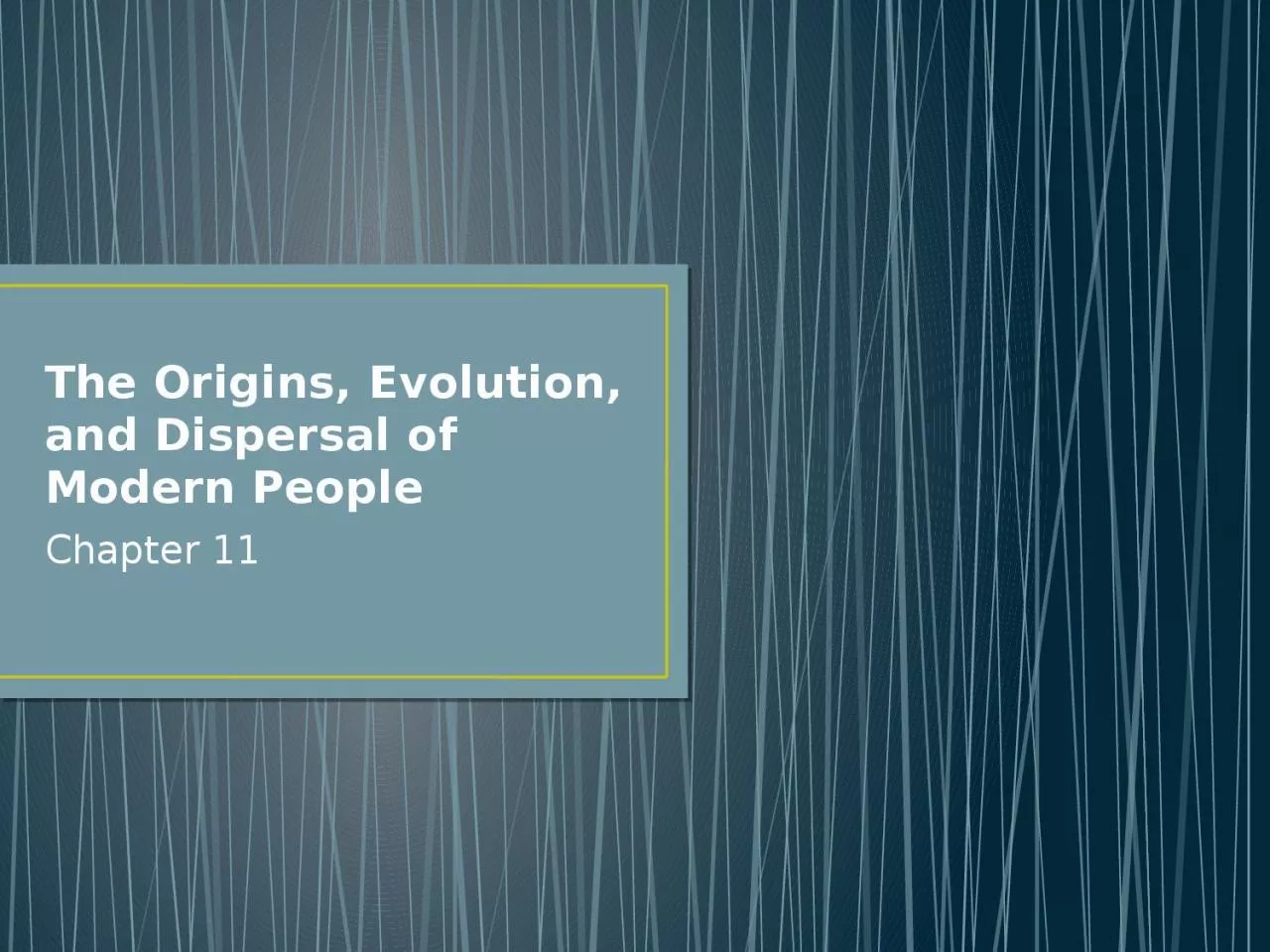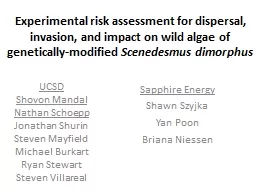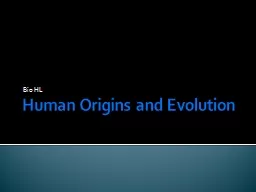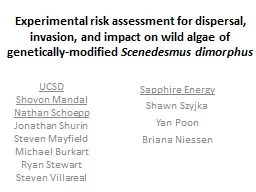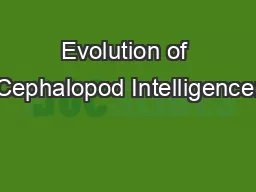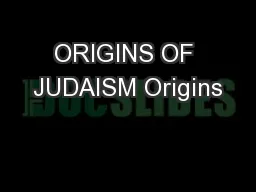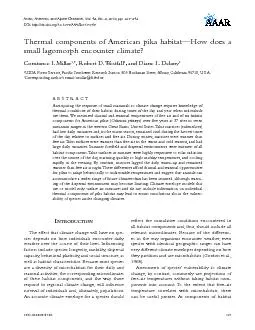PPT-The Origins, Evolution, and Dispersal of Modern People
Author : ash | Published Date : 2022-06-28
Chapter 11 What Makes a Modern Human Modern refers to anatomical traits such as High vertical forehead Round skull Small browridges Small face Small teeth Chin
Presentation Embed Code
Download Presentation
Download Presentation The PPT/PDF document "The Origins, Evolution, and Dispersal of..." is the property of its rightful owner. Permission is granted to download and print the materials on this website for personal, non-commercial use only, and to display it on your personal computer provided you do not modify the materials and that you retain all copyright notices contained in the materials. By downloading content from our website, you accept the terms of this agreement.
The Origins, Evolution, and Dispersal of Modern People: Transcript
Download Rules Of Document
"The Origins, Evolution, and Dispersal of Modern People"The content belongs to its owner. You may download and print it for personal use, without modification, and keep all copyright notices. By downloading, you agree to these terms.
Related Documents

